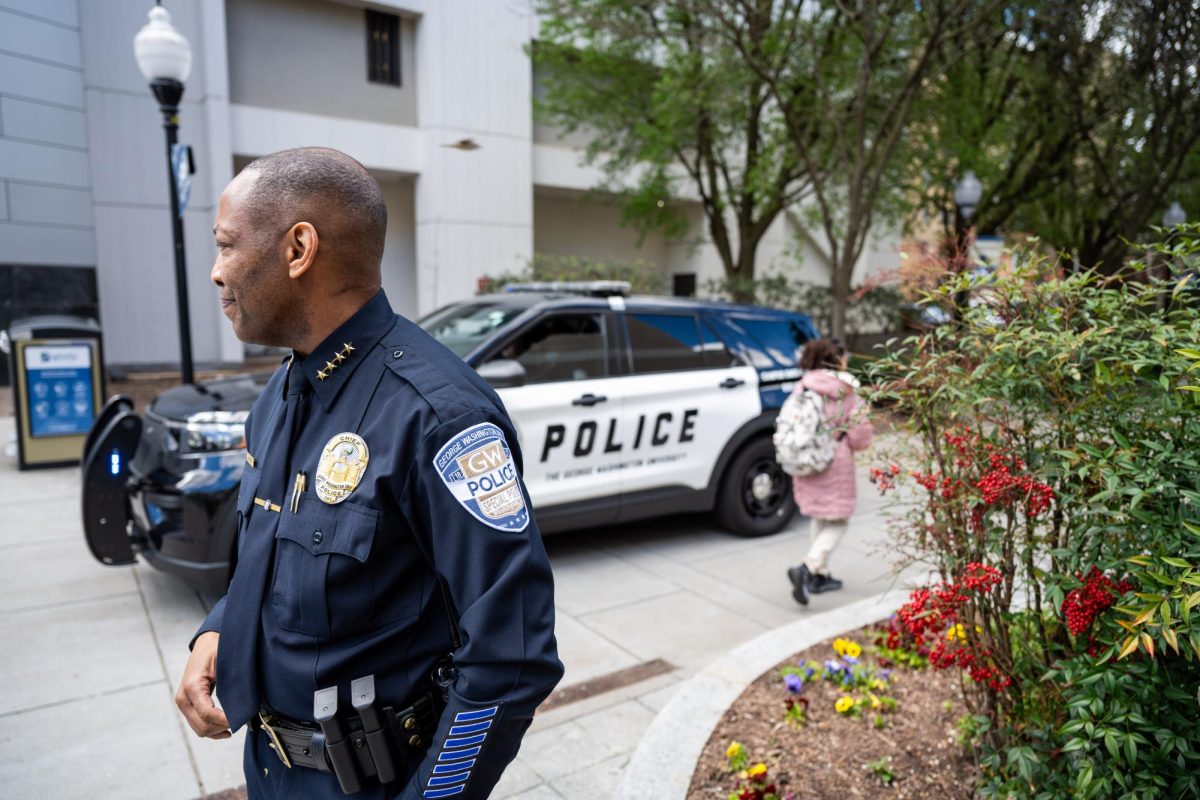This post was written by Hatchet reporter Cydney Hargis.
Joan Johnson has been visiting The HEALing Clinic – a program run by students from the School of Medicine and Health Sciences on Tuesday evenings – once a month since it opened five years ago.
Johnson visits the free, student volunteer-run clinic housed in Bread for the City – a nonprofit that offers services including medical care, legal and social services.
It will raise money at its 13th silent charity auction Thursday at the Media and Public Affairs building, offering up gift cards to restaurants, clothing and jewelry stores, salons as well as museum tickets.
“I really appreciate Bread for the City…when I first started going I didn’t have insurance and they just were like one big family,” Johnson said. “They have been a big help to me and the community itself.”
The auction raised about $100,000 over the last five years through silent auctions and may raise $30,000 this year to support its operating costs, said Lisa Alexander, assistant dean for community-based partnerships in the medical school and the clinic’s faculty adviser.
A group of students launched the program in 2006 to connect with the community and opened at Bread for the City in fall 2007. An Anacostia location opened in January 2010 after the first site saw increased demand.
More than 400 students volunteer at the clinics yearly, Alexander said, and about 40 percent of patients who have been treated do not have health insurance.
Second-year medical student Jessica Hallerman volunteers at the clinic once a week. She developed a passion for medicine after spending time at a clinic in Ecuador as an undergraduate.
“I’ve wanted to work in a place where people who don’t normally have access to good health care are able to really get quality care and an awesome environment like Bread for the City,” she said.
The student volunteers pair up to evaluate a patient and review medical histories to offer the same care an individual would receive at a doctor’s office – an opportunity Hallerman called the most rewarding part of her job.
“You only see one or two patients a night while you’re here and because of that you get to kind of hear about their families and their stories, where they’ve been getting their medical care, why they come here and what they love about it.” Hallerman said.




